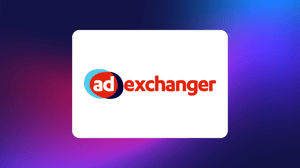Easily manage and organize your video library with a scalable solution built for streamlined control and delivery.

Strap In, Publishers, It’s Election Season
Connatix President and CRO Jenn Chen discusses how many publishers are feeling hopeful, especially as election season heats up and puts a focus on news – a category with an extremely engaged audience.
Publishers’ first-party data can provide a window into engagement insights, user behavior patterns and more. Having this data readily available for political advertisers not only provides transparency but helps them set more informed strategies to reach target audiences, including voters and other policy-minded groups.
But how can publishers best position themselves to maximize their success in this critical moment?
Uncover possibilities with first-party data
Publishers can use first-party insights to make changes across properties that improve the user experience. For example, segmenting users based on age and location to help advertisers reach voters in swing states. Or looking at reader data to realize that content related to taxes or immigration laws has high engagement.
Most political candidates and interest groups want to reach undecided voters and those in key battleground states, so combining content consumption and location data can be incredibly valuable. This strategy is effective in improving campaign lift by more precisely targeting users by their demographics and demonstrated on-site behavior, all in a privacy-safe way.
However, publishers that use these insights should use them as a force for good, making sure to vet partners and always keep the reader’s interests in mind.
Supporting quality journalism
Readers rely on the news to help them make educated voting decisions. By supporting quality journalism, advertisers can reach a highly engaged audience while ensuring key information remains accessible to voters when they need it most.
While there can be some apprehension from advertisers around news, there are tools and strategies available to boost their confidence in the quality of their investment. Extensive blocklists are detrimental to publishers that depend on advertising to fund their content. It’s important that publishers and ad tech vendors alike have tough conversations with advertisers and agencies, urging them to eradicate block lists with persistence to drive change.

